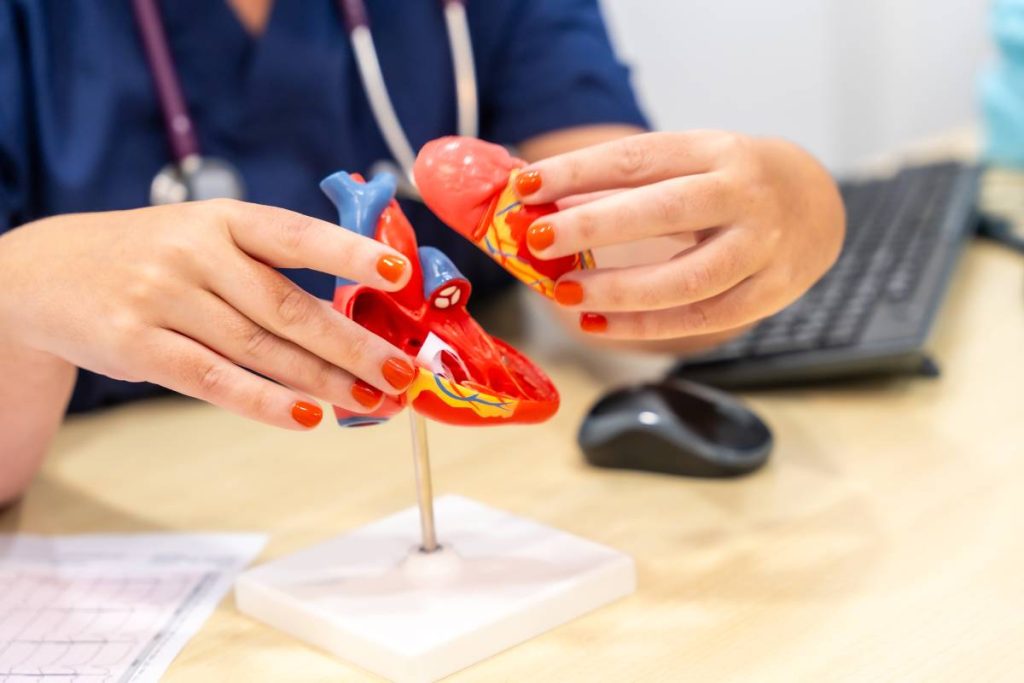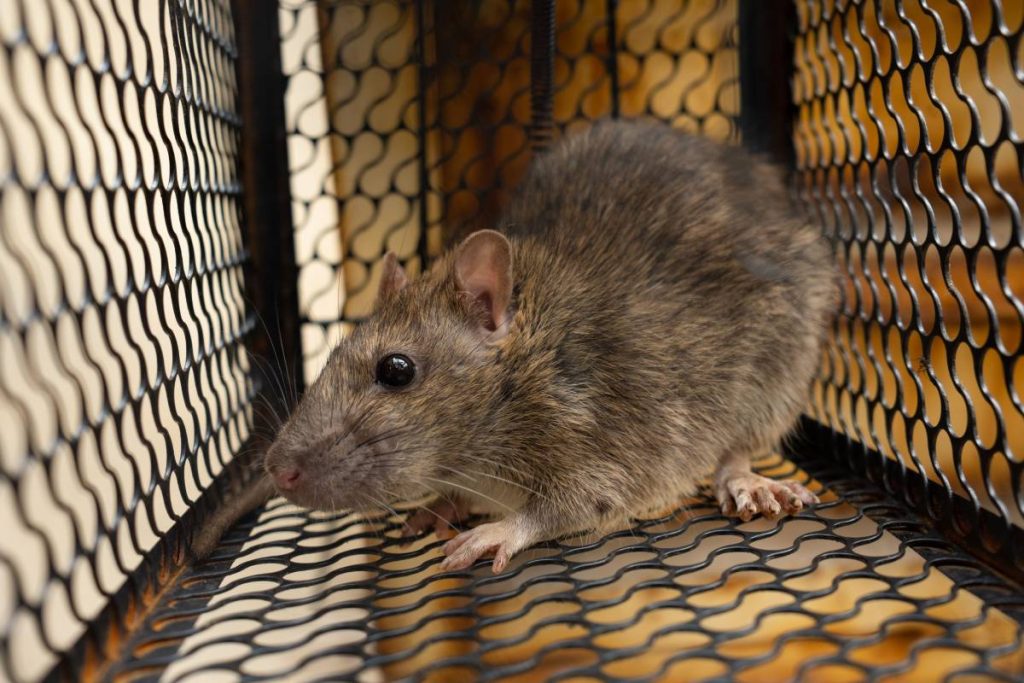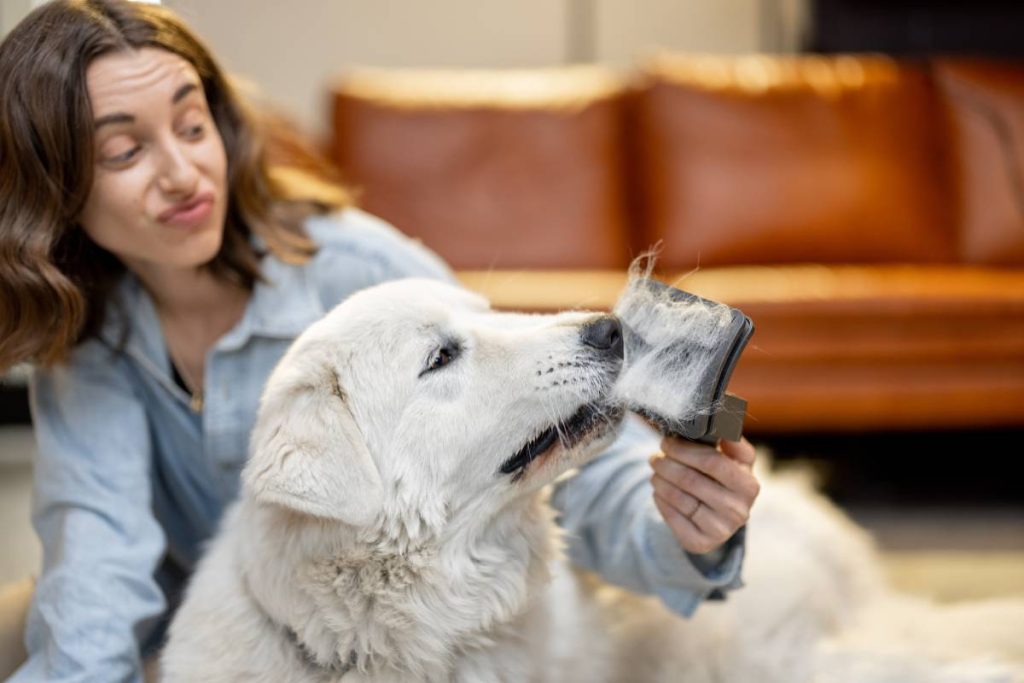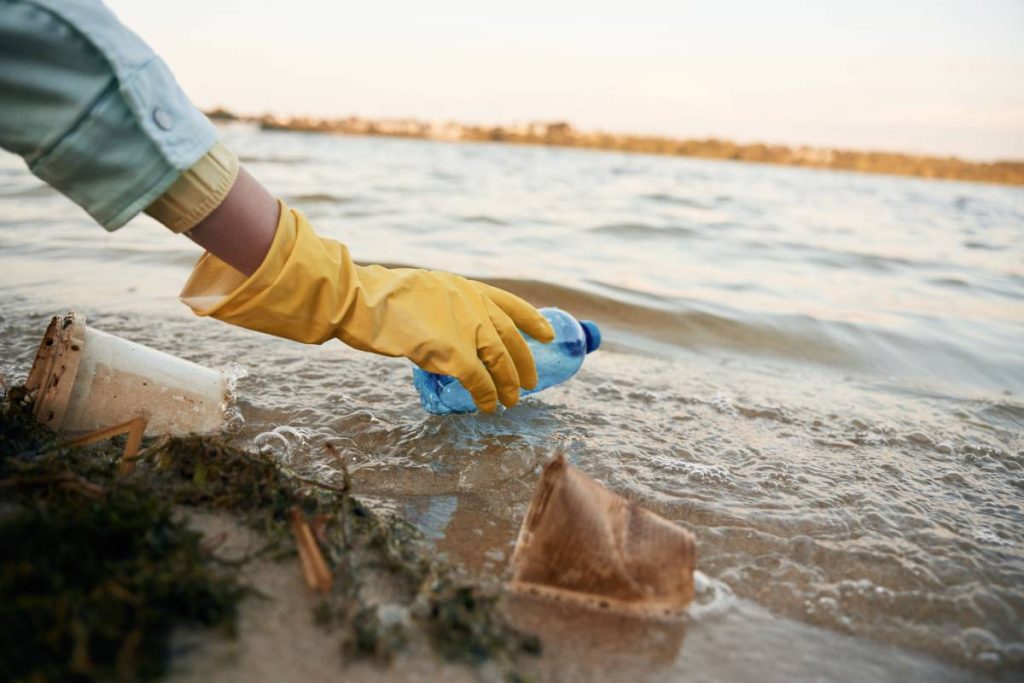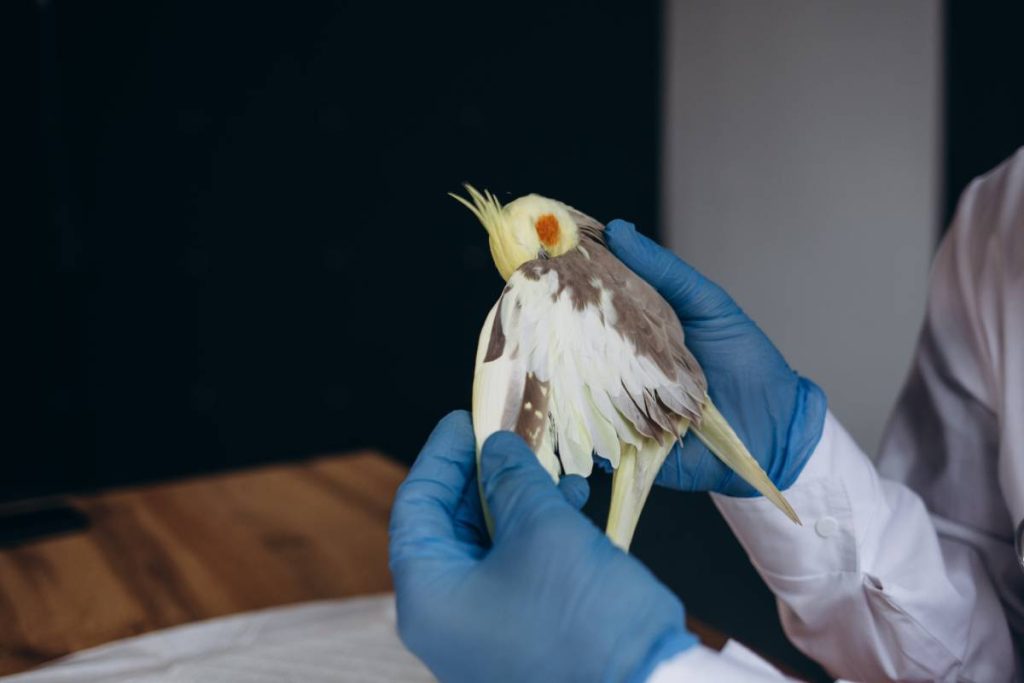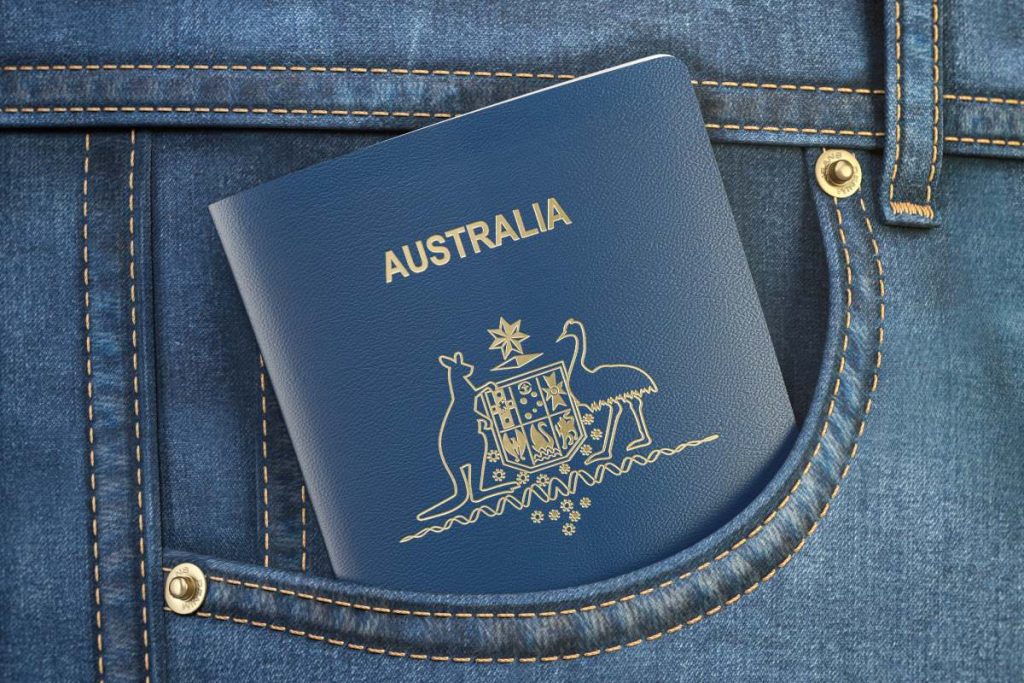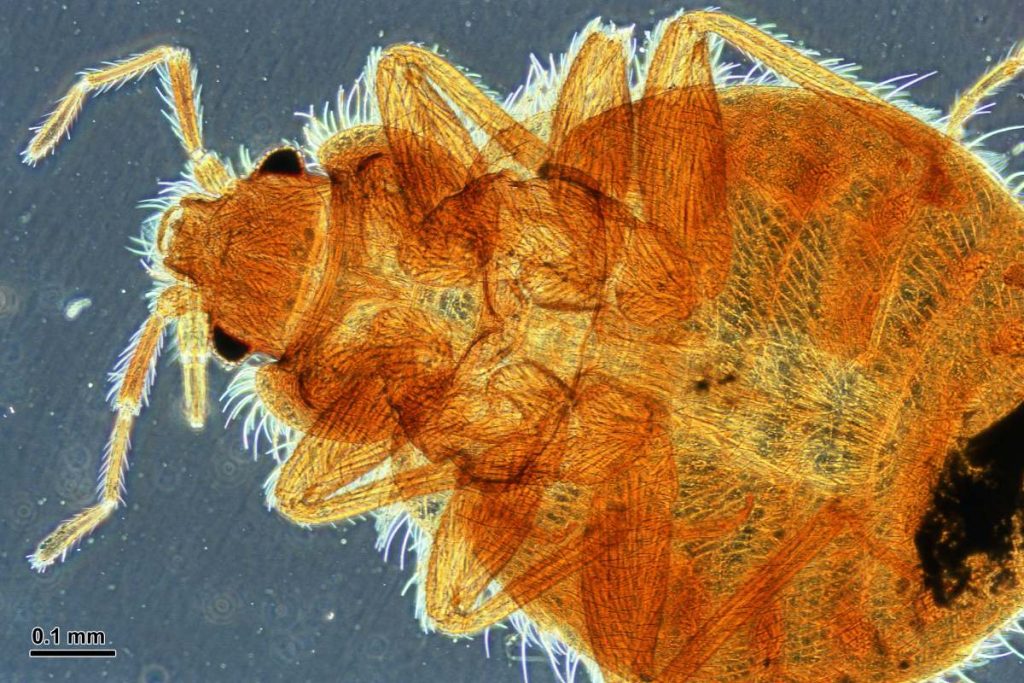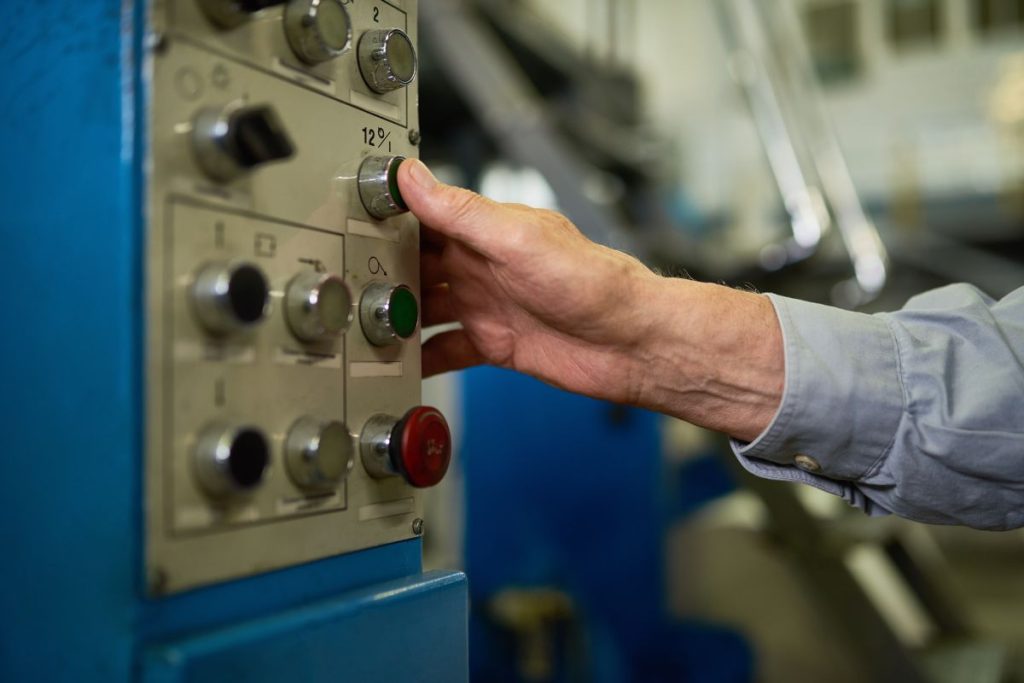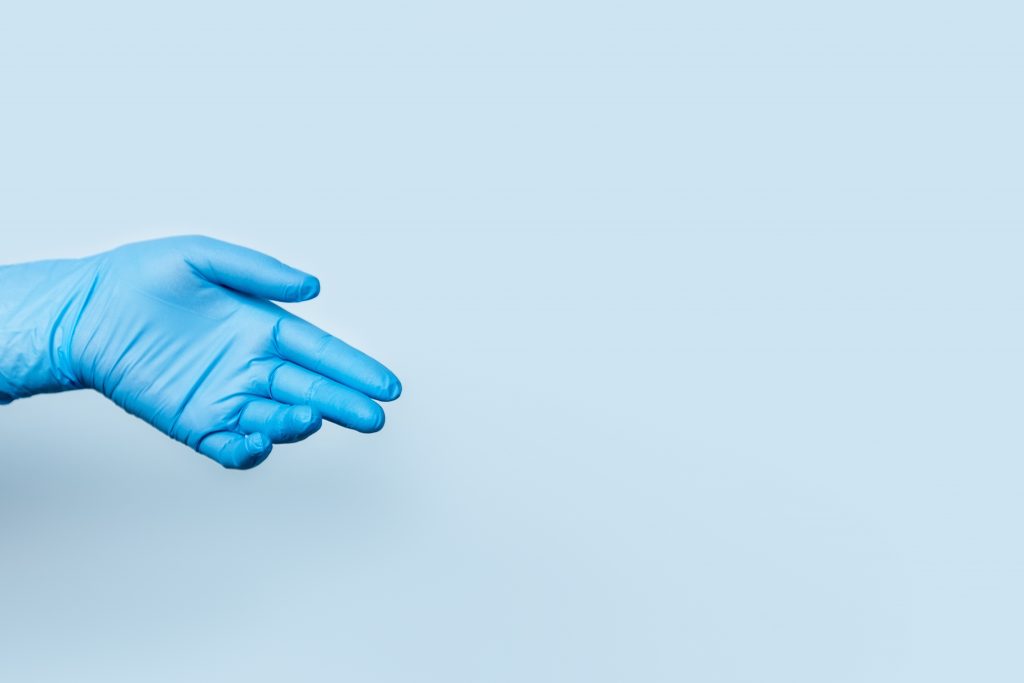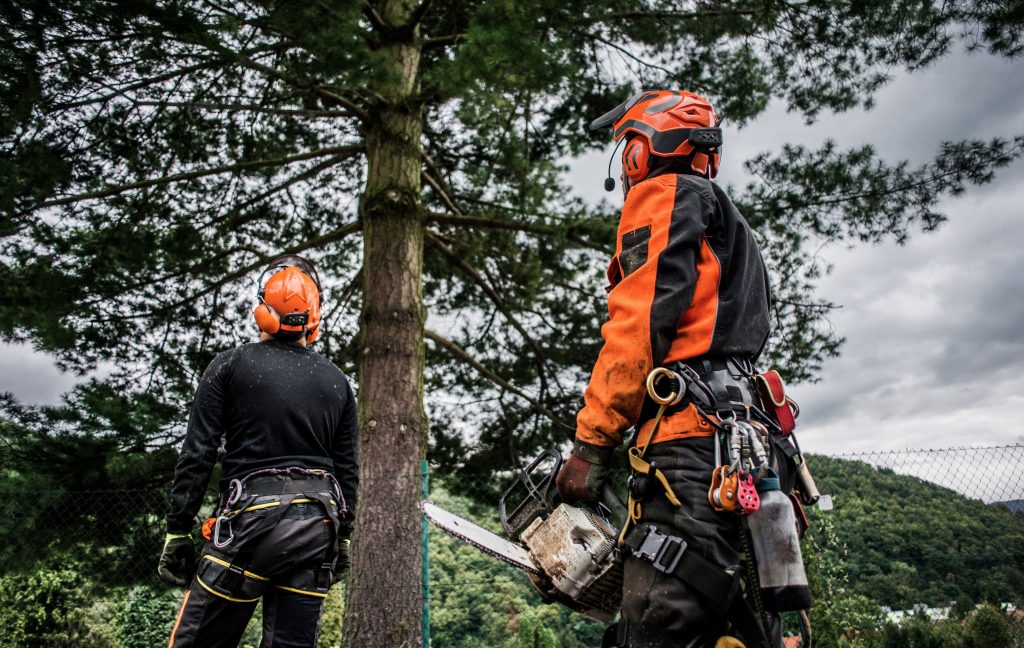What to do when birds have virus-related infections in Australia.
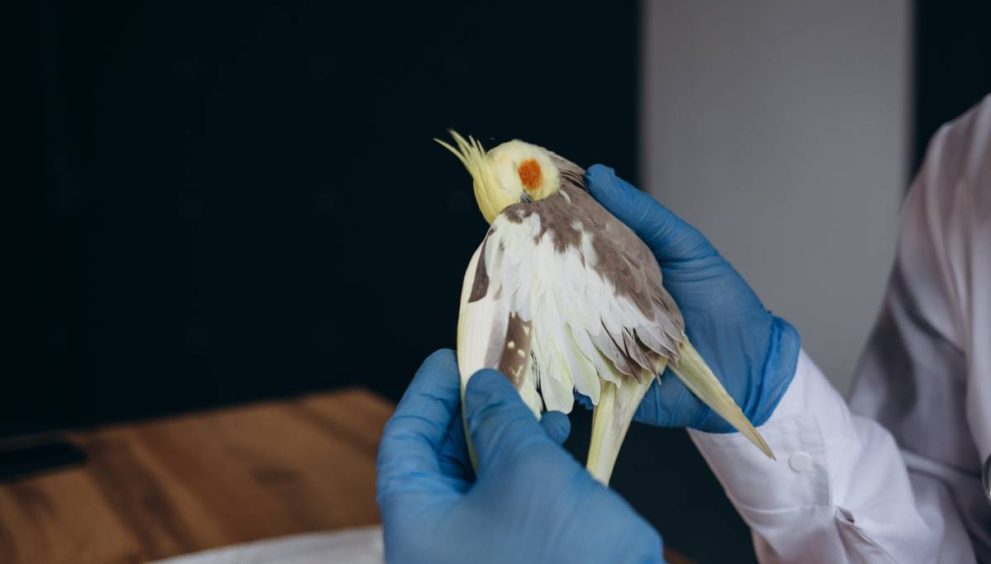
Australia’s birdlife is a vital part of the nation’s ecological identity, with species ranging from the vibrant lorikeets to the majestic emus.
These avian residents play crucial roles in pollination, pest control, and cultural heritage. However, as with any interaction between wildlife and humans, there are potential health risks to consider.
Some birds can carry diseases that may affect humans or domestic animals, emphasizing the importance of awareness and prevention. By understanding the diseases birds can carry and their transmission routes, we can minimize risks while continuing to enjoy and protect Australia’s extraordinary avian diversity.
What Diseases Do Birds Carry in Australia?
Australia is home to a diverse range of bird species, many of which are iconic and admired for their beauty and ecological significance.
However, like all animals, birds can carry pathogens that pose risks to human and animal health. Understanding these diseases is essential for minimizing risks and fostering coexistence between humans and birds.
Common Diseases Transmitted by Birds in Australia
Psittacosis
Psittacosis is caused by the bacterium Chlamydia psittaci and is commonly associated with parrots, cockatoos, and other psittacine birds. Humans can contract this disease through inhalation of dust contaminated with bird feces or respiratory secretions.
Symptoms in humans include flu-like manifestations such as fever, chills, headache, muscle aches, and respiratory issues. Left untreated, it can lead to severe complications like pneumonia.
Avian Influenza
Although rare in Australia, avian influenza is a potential concern. Wild waterfowl and shorebirds are natural reservoirs for avian influenza viruses.
Certain strains can infect poultry and, in rare cases, humans. Close contact with infected birds or their droppings increases the risk of transmission.
Newcastle Disease
Newcastle disease is caused by a virus that primarily affects poultry but can also infect wild birds. While human infections are rare, those in close contact with infected birds may develop mild flu-like symptoms or conjunctivitis.
Cryptococcosis
Cryptococcosis is a fungal infection caused by Cryptococcus neoformans and Cryptococcus gattii. Pigeons and other birds can harbor this fungus in their droppings, which, when aerosolized, can infect humans.
Symptoms vary from mild respiratory issues to severe meningitis, particularly in immunocompromised individuals.
Salmonellosis
Salmonella bacteria are commonly found in bird feces and can cause gastrointestinal illness in humans. Handling bird feeders, nests, or contaminated water sources can lead to infection if proper hygiene is not maintained.
West Nile Virus
Some Australian birds, particularly waterbirds, act as reservoirs for West Nile Virus, specifically the Kunjin strain. Although the primary transmission is through mosquito bites, birds play a crucial role in the virus’s lifecycle.
What Is the Bird Virus in Australia?
Bird viruses in Australia encompass a range of pathogens, with varying impacts on wildlife, domestic animals, and humans. Here are some notable examples:
Psittacine Beak and Feather Disease
PBFD is a viral disease that affects parrots and other psittacine birds. Caused by the Beak and Feather Disease Virus (BFDV), it leads to feather loss, beak deformities, and immune suppression. While not transmissible to humans, it is a significant threat to bird populations.
Australian Bat Lyssavirus
Although primarily associated with bats, this virus can occasionally involve birds in the broader ecosystem. It is closely related to the rabies virus and poses a risk to humans who come into contact with infected animals.
Avian Paramyxovirus
This virus causes Newcastle disease and is a concern for both wild and domestic bird populations. Strict biosecurity measures are necessary to control its spread in poultry farms.
Avian Influenza Viruses
The low pathogenic avian influenza viruses circulating in wild birds are generally not a major threat. However, mutations can lead to highly pathogenic strains, which could have severe impacts on poultry and potentially humans.
How Likely Is It to Get a Disease From a Pigeon?
Pigeons, often referred to as “rats of the sky,” are widespread in urban areas and are frequently associated with disease transmission.
While the risk of contracting a disease from pigeons exists, it is relatively low for individuals who follow basic hygiene practices. Here’s an analysis of the risks:
Diseases Linked to Pigeons
Psittacosis
Pigeons can carry Chlamydia psittaci, the bacterium responsible for psittacosis. However, the risk of transmission to humans is higher in enclosed spaces or when cleaning areas contaminated with pigeon droppings without protective gear.
Cryptococcosis
Pigeon droppings are a common source of Cryptococcus fungi. Individuals with weakened immune systems are at a higher risk of infection, particularly when exposed to contaminated soil or dust.
Histoplasmosis
Histoplasmosis is a fungal infection caused by Histoplasma capsulatum, found in soil enriched with bird or bat droppings. Although rare in Australia, the potential for infection exists in areas with large pigeon populations.
Salmonellosis
Pigeons can harbor Salmonella bacteria, which can contaminate food or water sources. Direct contact with pigeon feces or feathers can pose a risk, particularly for those with poor hygiene practices.
Assessing the Risk
While pigeons are associated with various diseases, the actual risk of infection depends on exposure and individual susceptibility.
Those handling pigeons, cleaning their droppings, or working in environments with large pigeon populations face a higher risk. However, casual contact, such as feeding pigeons in a park, is unlikely to result in disease transmission.
Mitigating the Risk
Practice Good Hygiene: Wash hands thoroughly after handling pigeons, their droppings, or any materials they have contaminated, including cleaning the areas that may be contaminated.
Wear Protective Gear
Use masks and gloves when cleaning areas with pigeon droppings.
Maintain Clean Environments
Regularly clean and disinfect areas frequented by pigeons to reduce the buildup of droppings.
Discourage Roosting
Install deterrents like spikes or nets to prevent pigeons from nesting in urban spaces.
Conclusion
Birds in Australia, including pigeons, can carry diseases that pose risks to humans and animals. While the likelihood of contracting a disease from pigeons is relatively low with proper hygiene and precautions, certain pathogens like psittacosis, cryptococcosis, and salmonellosis highlight the need for awareness and preventative measures.
For the general public, simple actions such as washing hands and avoiding direct contact with bird droppings can significantly reduce the risk of infection. For those in occupations with higher exposure, adherence to safety guidelines and protective equipment is essential.
By understanding the potential risks and taking proactive measures, humans and birds can coexist harmoniously, ensuring both public health and the preservation of Australia’s unique avian biodiversity.

 English
English 












